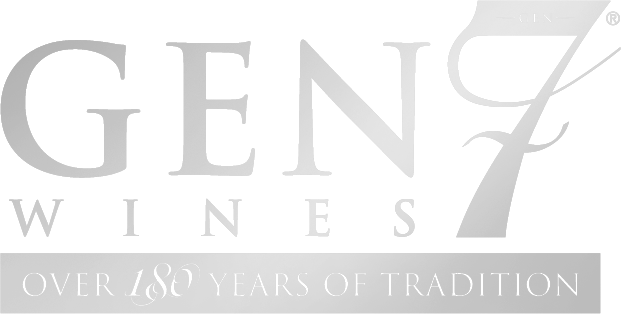One of the world’s top wine areas, Napa Valley is renowned for its breathtaking vineyards and prestigious wines. But how did this stunning area develop into such a center for winemaking? Let’s take a trip through Napa Valley’s winemaking history and investigate the foundations of this cherished sector.
Napa Valley Winemaking’s Origins
When European settlers first arrived in Napa Valley in the mid-1800s, they discovered that the area had the capacity to grow wine grapes of the highest kind. Charles Krug developed the first commercial winery in Napa Valley in 1861 by importing superior grape varietals from France and establishing a winery that is still in use today.
The introduction of phylloxera, a pest that decimated many vineyards in the late 1800s, was just one of several difficulties the business encountered in its early years. Napa Valley didn’t enjoy a revival in winemaking until the 1960s, partly because of the efforts of a group of avant-garde vintners known as the “Napa Valley Vintners.”
Napa Valley Winemaking’s Resurrection
The Napa Valley wine business experienced substantial expansion during the 1960s and 1970s as winemakers started experimenting with new grape varietals and methods. One of the most notable inventions was using oak barrels to age wine, which gave the finished product complexity and richness.
Many of the most recognizable wineries in Napa Valley were founded during this time, including Robert Mondavi Winery, Silver Oak Cellars, and Stag’s Leap Wine Cellars. These wineries established the high standard for winemaking that is still followed today and contributed to establishing Napa Valley as a world-class wine region.
Modern Winemaking in the Napa Valley
Over 400 wineries now call the Napa Valley home, and the region creates some of the most coveted wines in the world. Winemakers are always experimenting with new grape varietals, farming methods, and winemaking procedures in an effort to push the envelope of what is possible.
The strong regard for history and dedication to excellence that underpins Napa Valley winemaking are fundamental. Family-run vineyards like us at GEN 7 Wines, are committed to creating exquisite wines in recognition of our family’s winemaking legacy, serve as excellent examples of this.
Napa Valley winemakers have established a history that will last for many years via a combination of tenacity, creativity, and a strong connection to the earth. We cordially invite you to visit our Tasting Room to sample our wines and learn firsthand about the long history and heritage of Napa Valley winemaking.
It’s important to make it a habit to store your wine correctly after each pour. Refrigerate white and sparkling wines, and store reds and dessert wines in a cool, dark place. It’s worth the effort to re-cork the bottle after each pour, to avoid accidentally leaving it open overnight.
If you ever misplace the cork or don’t have a suitable stopper, you can still slow down the oxidation process by covering the opening with plastic wrap or aluminum foil, secured with a rubber band. This makeshift solution isn’t airtight, but it will help you avoid having to throw away a partially consumed bottle of wine.
Discover exceptional wines and make unforgettable memories at GEN 7 Wines. Find your perfect bottle and savor delightful tasting adventures.
